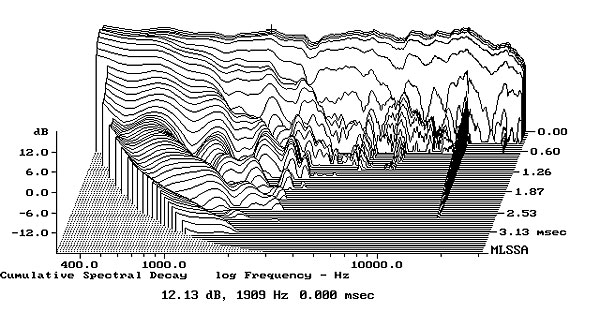I'm confused by this methodology, as well. Between the Kii Three, Neumann KH420, Focal Trio11 Be, and Genelec S360A measured by Sound & Recording, which of these would you say is best in the graphs below? Two have an 85db limit, while the other two have a 100db limit. I think the Neumann KH420 was measured at 4m, while the others at 1m, but perhaps I'm just not reading or comprehending something.
As far as I understand, the green line is the target curve, the red is the measured response at either 3% or 10% distortion (I'm not sure), the blue line is one type of distortion, and the bottom blue spectrum is another. Where am I wrong and how can I better understand what I'm seeing.
Any help on understanding this would be greatly appreciated.
I'm just a man who loves listening to music (85% Beethoven/Bach, 10% other composers, 4% Pink Floyd & Metal, 1% other) and wants to use one of these models in my next room, which will be used with a subwoofer under each monitor, sitting between 2.5m-4m away. In general, 100dbC peak at the listening position is the maximum level I play music.
View attachment 87868View attachment 87869View attachment 87866View attachment 87867

